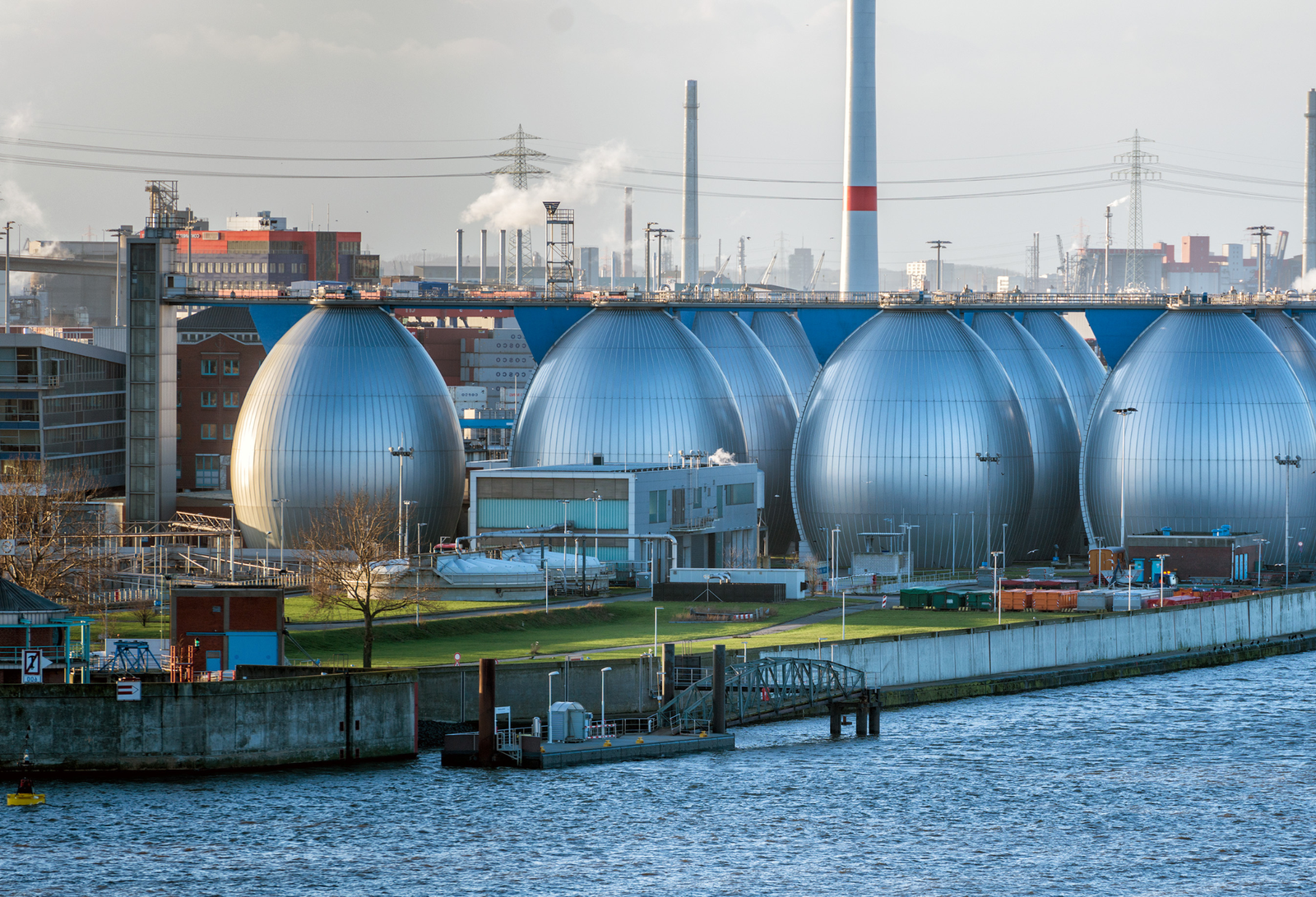The global water crisis, driven by population growth, industry, and climate change, is straining freshwater supplies. Desalination plays a key role in water security by converting saline water into usable water.
While traditional desalination was energy-intensive and environmentally harmful, a shift toward green desalination is underway. This approach emphasizes sustainability by integrating renewable energy and innovative technologies like Forward Osmosis (FO), which offers greater energy efficiency than conventional methods.
Green desalination, especially when combined with water reuse, reduces environmental impact, lowers groundwater depletion, and supports climate resilience—marking a significant step toward sustainable water management.
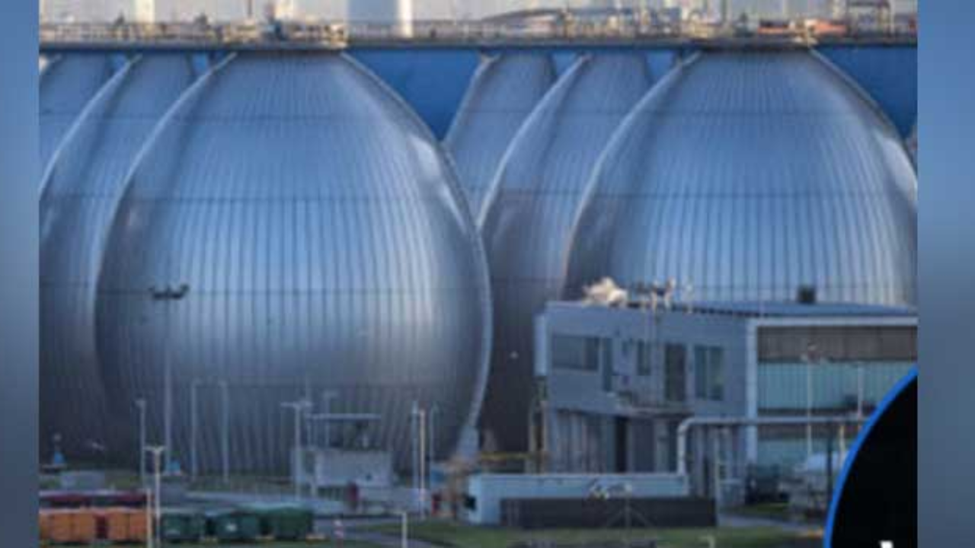
Defining Green Desalination: Principles and Environmental Imperatives
At its essence, green desalination removes salts and minerals from water sources while minimizing environmental footprint and guaranteeing long-term resource availability. This approach requires innovation across the entire desalination value chain, from energy sourcing to brine management and water distribution.
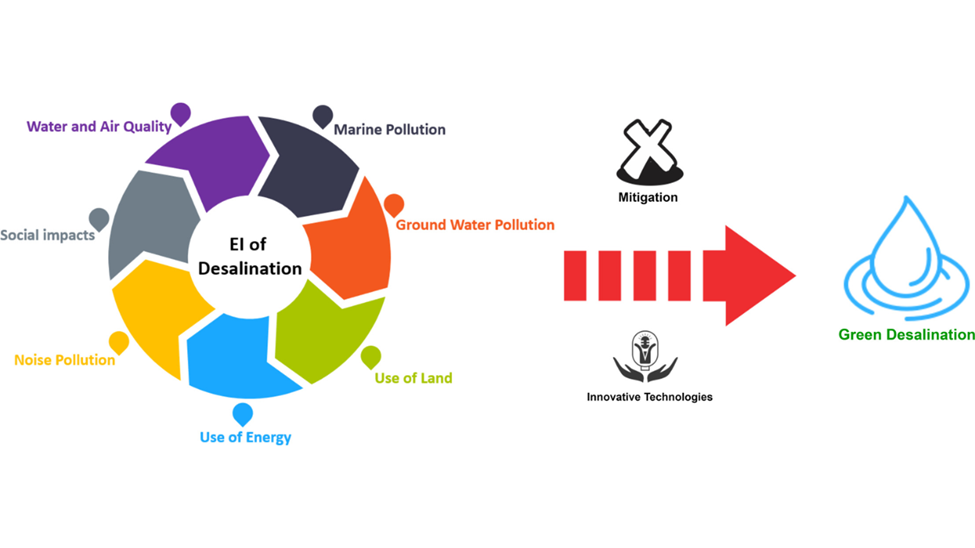
The core principles underpinning this sustainable approach are multifaceted:
- Environmental Responsibility: This focuses on reducing greenhouse gas emissions, implementing responsible brine discharge, and minimizing marine organism intake. Programs are converting existing plants to chemical-free operations using advanced technology.
- Economic Viability: For green desalination to be truly sustainable, it must be economically feasible. This involves reducing capital and operational costs related to energy, infrastructure, and maintenance. Advanced energy recovery devices and high-performance motors are crucial.
- Social Equity: This ensures access to desalinated water benefits all, particularly vulnerable populations, and considers social impacts on local communities, ensuring inclusive decision-making.
A fundamental component of achieving truly green desalination is integrating renewable energy sources. Powering plants with solar, wind, and geothermal energy significantly reduces their carbon footprint. Solar energy can reduce CO2 emissions by up to 78% compared to fossil fuels, and renewable-powered Reverse Osmosis (RO) systems can reduce emissions by 90-95%. The comprehensive nature of the “green” definition, encompassing environmental, economic, and social dimensions, underscores that sustainable solutions must be integrated. Policy frameworks, such as Germany's initiatives for energy-efficient homes, play a crucial role in accelerating the adoption of these clean technologies.
Table 1: Principles and Benefits of Green Desalination
| Principle | Description | Key Benefits |
| Environmental Responsibility | Minimizing ecological footprint through reduced emissions, sustainable brine management, and protecting marine life. | Reduced greenhouse gas emissions, healthier marine ecosystems, lower chemical usage. |
| Economic Viability | Ensuring cost-effectiveness through lower energy consumption, optimized infrastructure, and reduced maintenance. | Lower operational costs, increased accessibility, reduced reliance on fluctuating fossil fuel prices. |
| Social Equity | Guaranteeing equitable access to clean water for all populations and involving communities in decision-making. | Improved public health, enhanced community resilience, fair resource distribution. |
Forward Osmosis: A Key Breakthrough
Forward Osmosis (FO) represents a pivotal clean technology in the pursuit of green desalination. Unlike conventional Reverse Osmosis (RO), which uses high hydraulic pressure, FO leverages natural osmotic pressure differentials to draw water across a semi-permeable membrane. This results in a highly energy-efficient and adaptable process, redefining standards in desalination, wastewater treatment, and food processing.
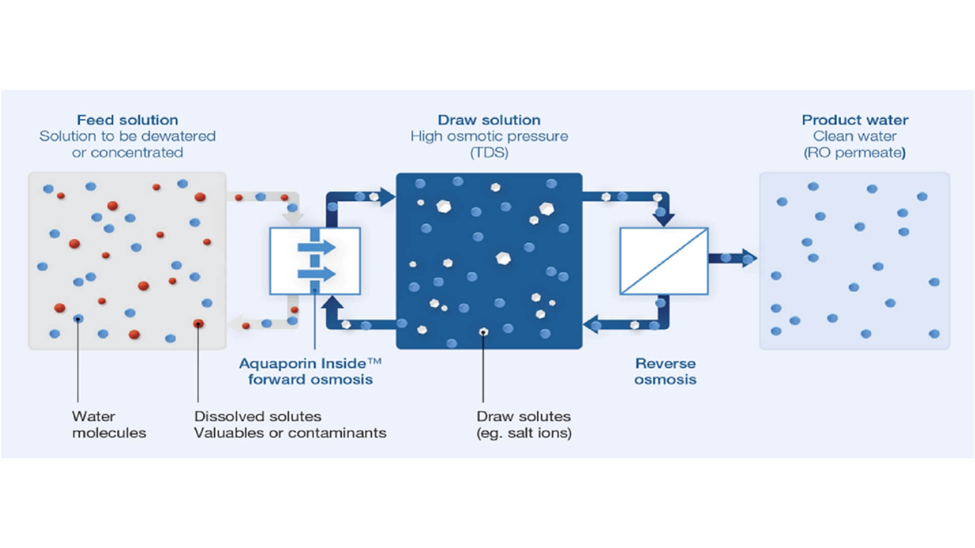
The advantages of FO are compelling:
- Low Energy Consumption: FO operates under natural osmotic gradients, eliminating the need for high-pressure pumps, which significantly reduces mechanical stress, operational costs, and equipment wear. While draw solution regeneration is typically required, careful design ensures efficiency.
- Superior Membrane Longevity and Fouling Resistance: FO membranes experience considerably less fouling and scaling. The gentle osmotic process prevents foulant compaction, drastically reducing cleaning frequency and chemical usage. FO membrane lifespan can be two to three times greater than RO membranes, making it suitable for complex or heavily contaminated feed streams.
- High Recovery Rates and Versatile Feed Compatibility: FO can recover water from challenging sources like sludge and leachate with minimal pre-treatment, expanding treatable water sources and enhancing water security.
- Minimal Environmental Footprint: FO supports environmental sustainability through reduced energy consumption, decreased waste generation, and lower chemical usage. It complements brine minimization and water reuse strategies, contributing to circular economy models.
FO's ability to operate under low energy input and in extreme environments positions it as a leading solution for next-generation water treatment challenges. Its lower energy consumption directly addresses a major challenge of traditional desalination, linking technological advancement to reduced environmental impact and operational costs.
Complementary Technologies and Innovations for Green Desalination
Beyond Forward Osmosis, advanced technologies and innovative approaches are converging to drive the widespread adoption of green desalination and other sustainable water solutions.
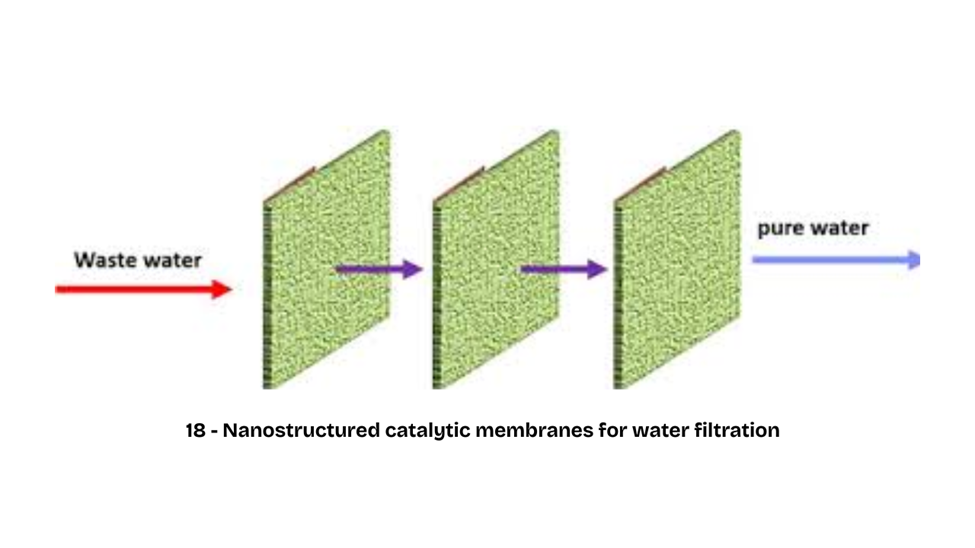
1. Advanced Membrane Technologies
RO remains common due to lower energy needs than thermal methods, but continuous advancements improve its efficiency. Innovations in membrane materials, like thin-film composite membranes, enhance water permeability and salt rejection, reducing energy requirements. Nanostructured RO membranes and graphene-based membranes offer even more efficient water transport and filtration, some with self-cleaning mechanisms. These signify a systemic shift in the desalination industry towards resource recovery and circular economy principles.
2. Brine Valorization
Concentrated brine byproduct poses environmental challenges. Brine valorization aims to extract valuable minerals (e.g., magnesium, lithium) or repurpose the brine. This “brine mining” can reduce waste, generate revenue, and be more environmentally friendly than terrestrial mining. Technologies like nanofiltration and ion exchange are adapted for mineral separation. Brine can also be used in carbon capture, for irrigating salt-tolerant crops, or in industrial applications.
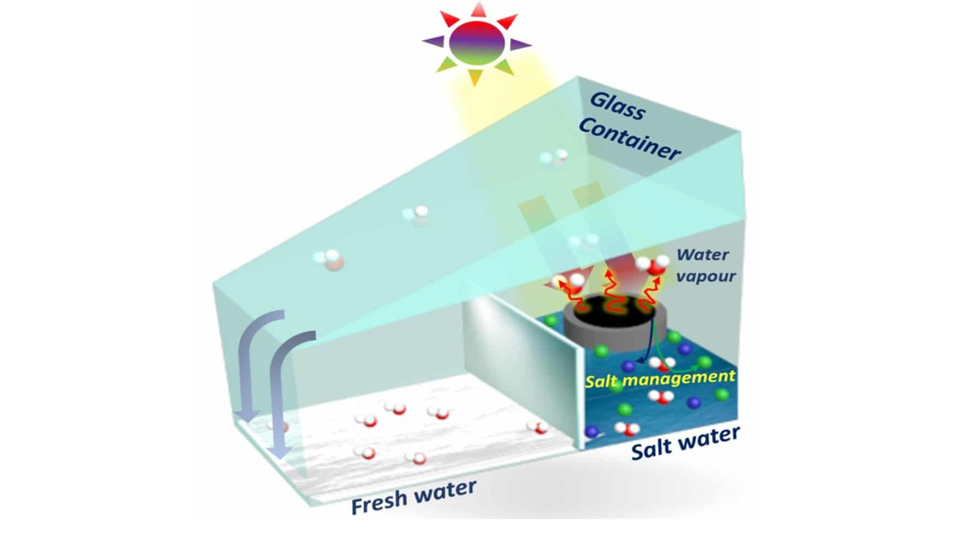
3. Solar and Hybrid Systems
Integrating renewable energy is central to green desalination. Solar Photovoltaic (PV) systems convert sunlight into electricity, while Concentrated Solar Power (CSP) systems generate heat for thermal desalination or electricity. Hybrid systems combine solar with wind or geothermal energy for enhanced reliability. These systems offer clean, reliable energy, reducing fossil fuel dependence and carbon emissions. Passive solar-powered desalination systems are also being developed, mimicking the natural water cycle.
4. Other Clean Technologies
Beyond desalination, other clean technology innovations contribute to sustainable water management. Atmospheric Water Generators (AWGs) extract moisture from the air. Smart Water Grids use sensors and AI to optimize water distribution, detect leaks, and enable predictive maintenance. Wastewater recycling with Membrane Bioreactors (MBRs) combines biological treatment with advanced filtration for safe reuse. Nature-inspired harvesting technologies, like fog nets, offer passive, cost-effective water collection.
Implementing Green Desalination Solutions
The availability of diverse green desalination systems caters to a wide range of applications. Individuals and organizations looking to buy desalination systems now have numerous sustainable options.
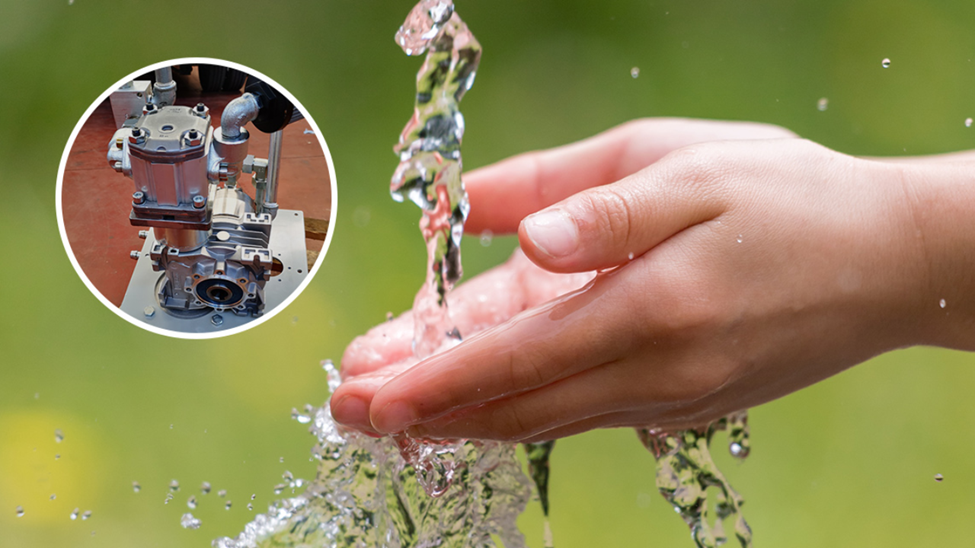
1. Acquiring Systems
For industrial and commercial applications, manufacturers like Newterra and Pure Aqua offer advanced desalination solutions using RO and membrane technologies designed for efficiency and sustainability. These often feature modular designs, energy recovery, and robust construction. Used desalination plants are also available. For residential and small-scale needs, companies like ECHOTec Watermakers and NEWater provide compact, energy-efficient home desalination systems that convert various water sources into potable water using advanced RO technology. These are designed for ease of installation and low maintenance, offering a self-sufficient water source. The increasing availability of small-scale residential systems indicates a growing consumer demand for decentralized, sustainable solutions.
2. Key Features for Buyers
When considering to buy desalination systems, particularly those aligned with green desalination principles, buyers should look for:
- Energy Efficiency: Systems with power-conserving membranes and energy-recovery devices reduce operational costs and environmental impact. ECHOTec's ECO-Series uses rotary piston energy recovery pumps to repurpose energy. NEWater's systems can reduce electricity load by 35%.
- Renewable Energy Compatibility: Options for solar-powered operation are increasingly available, allowing for off-grid functionality.
- Sustainable Brine Management: Systems that integrate or facilitate brine valorization or controlled discharge are preferable.
- Durability and Low Maintenance: Long-lasting membranes and straightforward maintenance contribute to sustainability and economic viability.
3. Synergy with Water Conservation
Desalination is a complementary strategy within broader water management. It works in synergy with water conservation, consumption reduction, infrastructure improvement, and treated wastewater reuse. By providing an alternative water source, desalination reduces reliance on overexploited freshwater sources, helping to restore aquifers and improve ecological balance. This integrated approach allows communities to find green water conservation solutions that enhance resilience to droughts and climate-related water shortages.
Global Impact and Policy Drivers
The global adoption of green desalination is propelled by technological advancements and supportive policy frameworks. Companies like ACCIONA are at the forefront.
1. Acciona Renewable Energy Leadership:
ACCIONA is a world leader in saltwater reverse osmosis, recognized for its advanced, sustainable desalination technology. Their projects exemplify large-scale renewable energy integration. The Casablanca desalination plant in Morocco, set to be the world's largest powered entirely by renewable energy (a 360MW wind farm), will produce 300 million m³ per year. The Doheny Ocean Desalination Plant in California is designed for carbon-neutral operation and drought protection, using submerged slant wells to avoid marine life disturbance. These projects demonstrate that “green” is a competitive advantage, proving the viability of renewable-powered desalination.
2. Germany Energy-Efficient Homes and Clean Technology:
National policies accelerate clean technology adoption. Germany's Building Energy Act (effective January 1, 2024) mandates that heating systems in new buildings must be powered by at least 65% renewable energy. This policy aims to cut heating emissions, which account for about 15% of Germany's CO2 output. The push for heat pumps, geothermal energy, and balcony power plants reflects a governmental commitment to decarbonization and energy efficiency. This policy-driven push for clean technology in the building sector illustrates how government mandates can create market conditions for sustainable solutions.
3. Broader Clean Technology Adoption:
The principles driving green desalination align with a global movement towards comprehensive clean technology adoption. This includes innovations in energy recovery, smart grids, and advanced materials. Increasing digitalization, AI-driven optimization, and automation in desalination plants further enhance efficiency, reduce costs, and improve water quality, making these solutions more accessible and reliable.
Conclusion
Staying current with the ever-growing body of scientific research is a dynamic challenge requiring a mix of traditional practices, digital tools, and professional networking. Scientists use alerts, curated content, audio formats, and conferences to filter and engage with research effectively.
The publishing landscape is evolving, with preprints and open access initiatives in the US and UK reshaping how research is shared—promoting transparency, public trust, and wider access. This shift highlights the importance of critical evaluation and integration of existing research alongside new discoveries.
To succeed, scientists must continually develop skills in digital literacy, information management, and critical appraisal. Adaptability and strategic use of tools are now essential for thriving in a fast-paced, information-rich scientific world.



